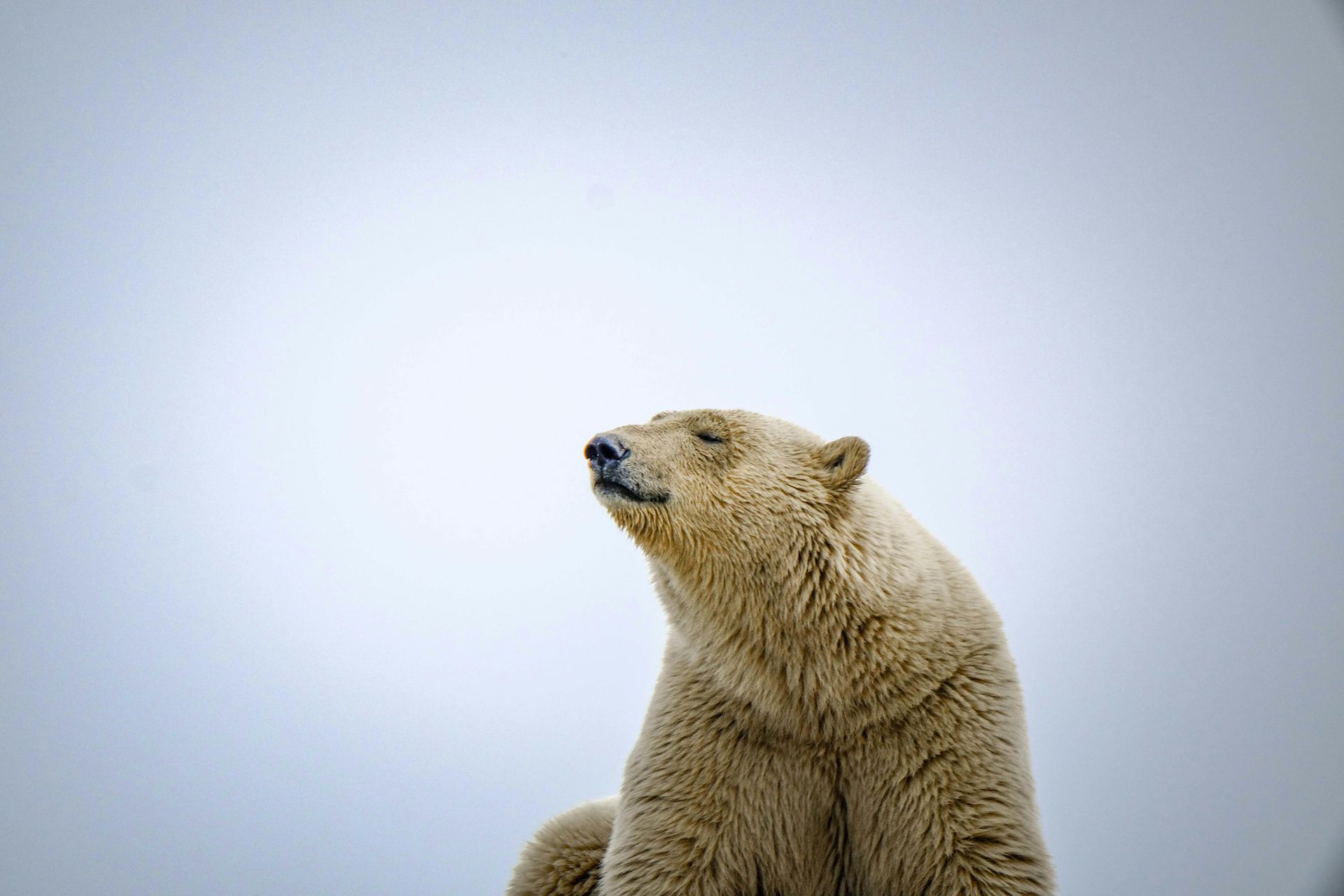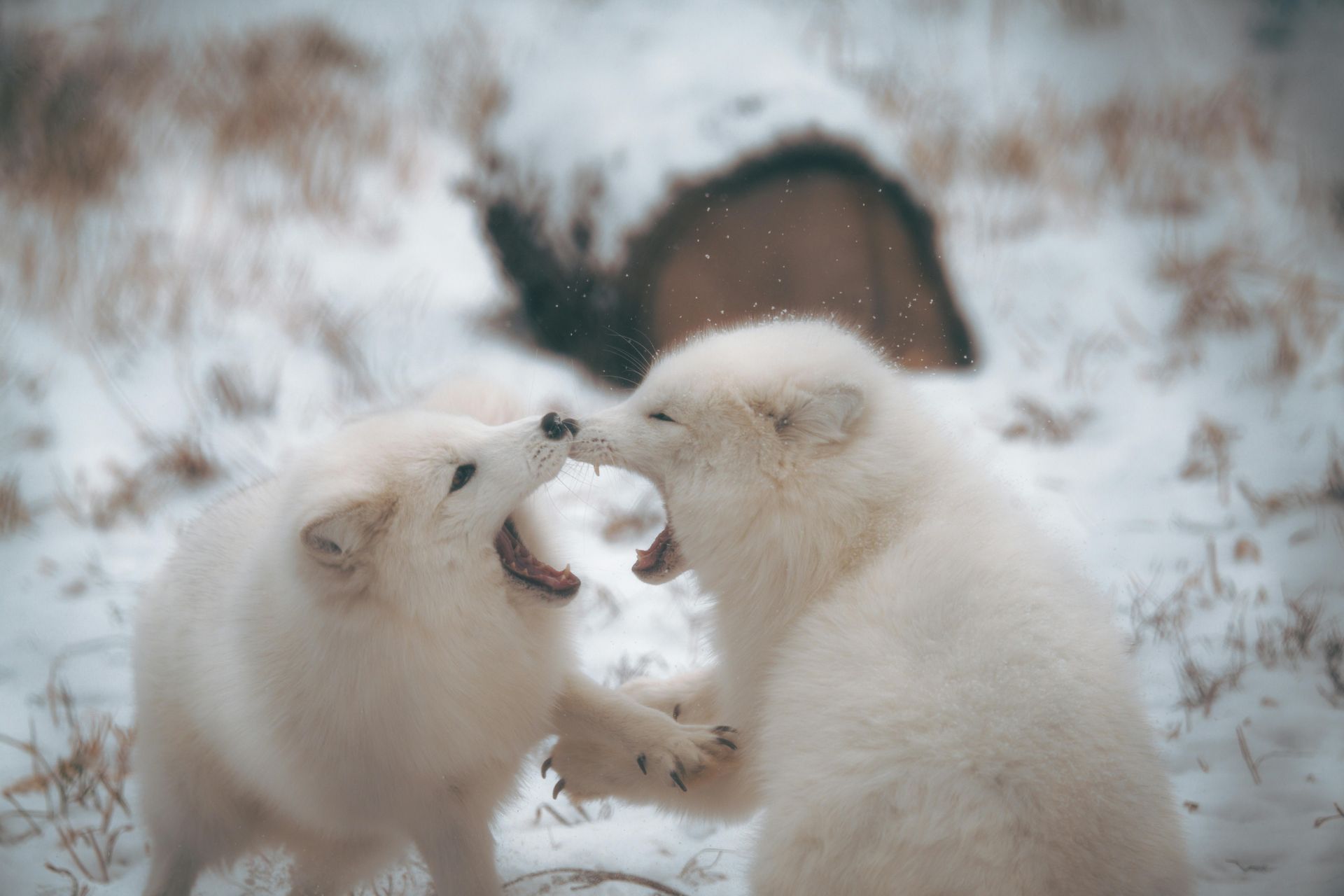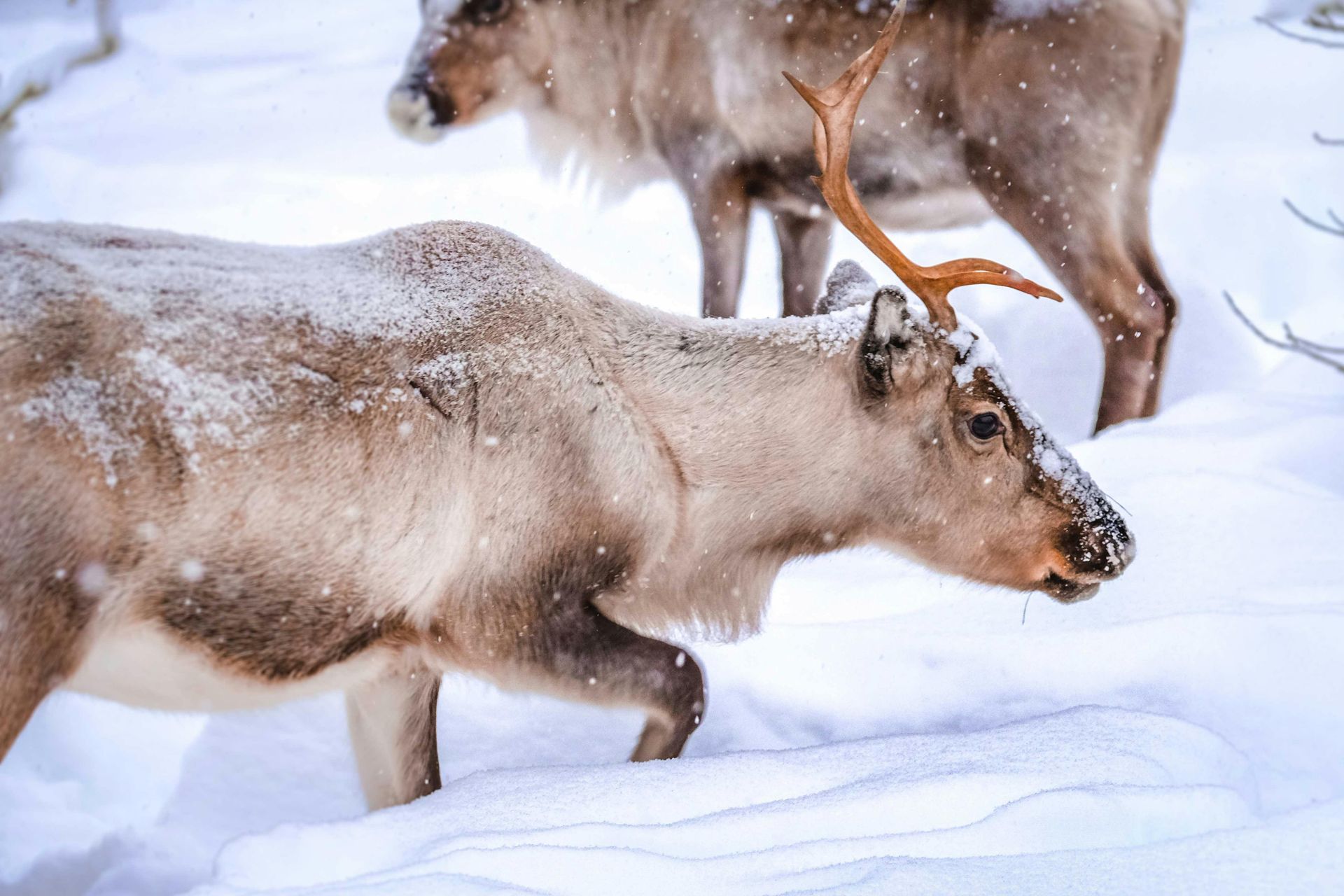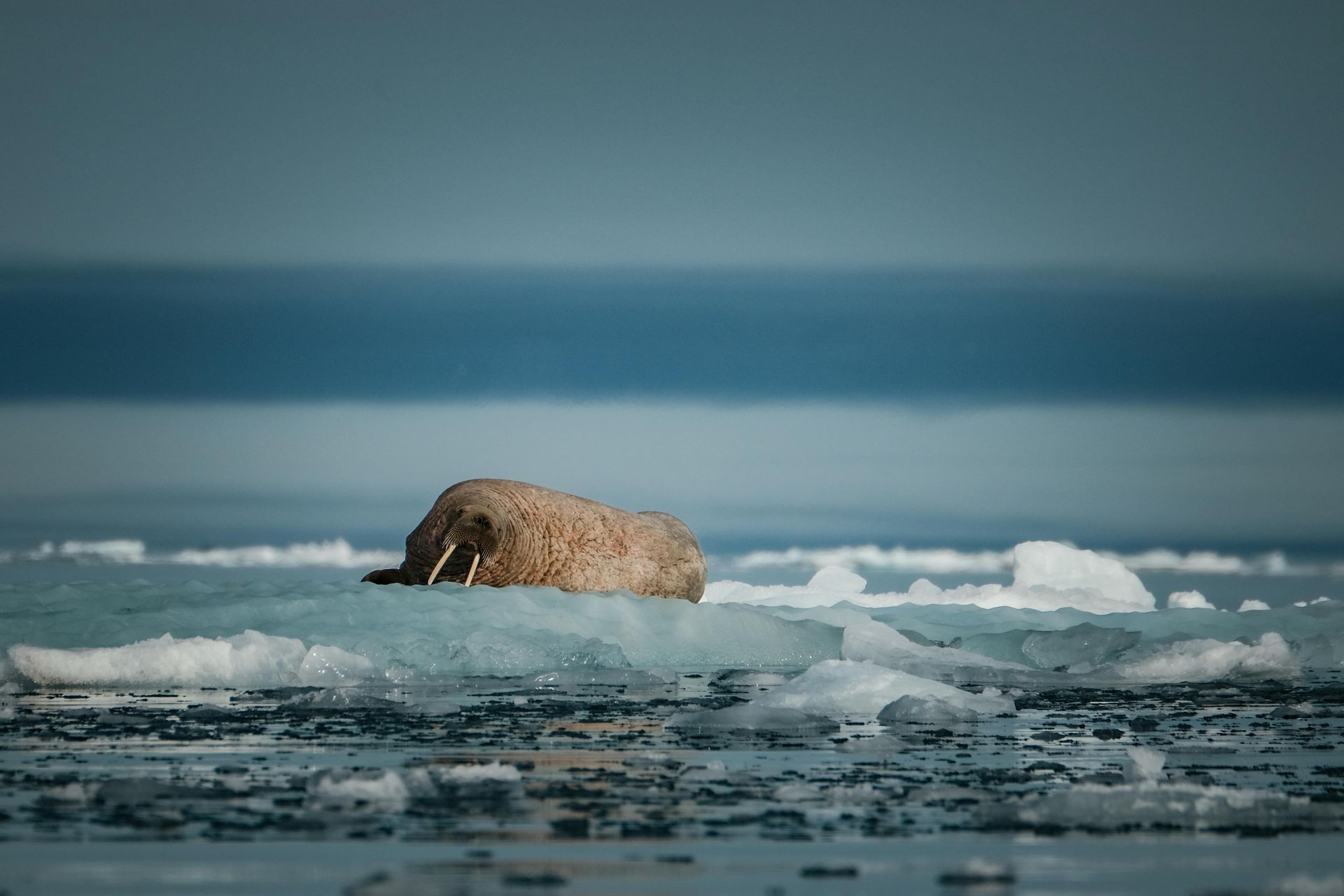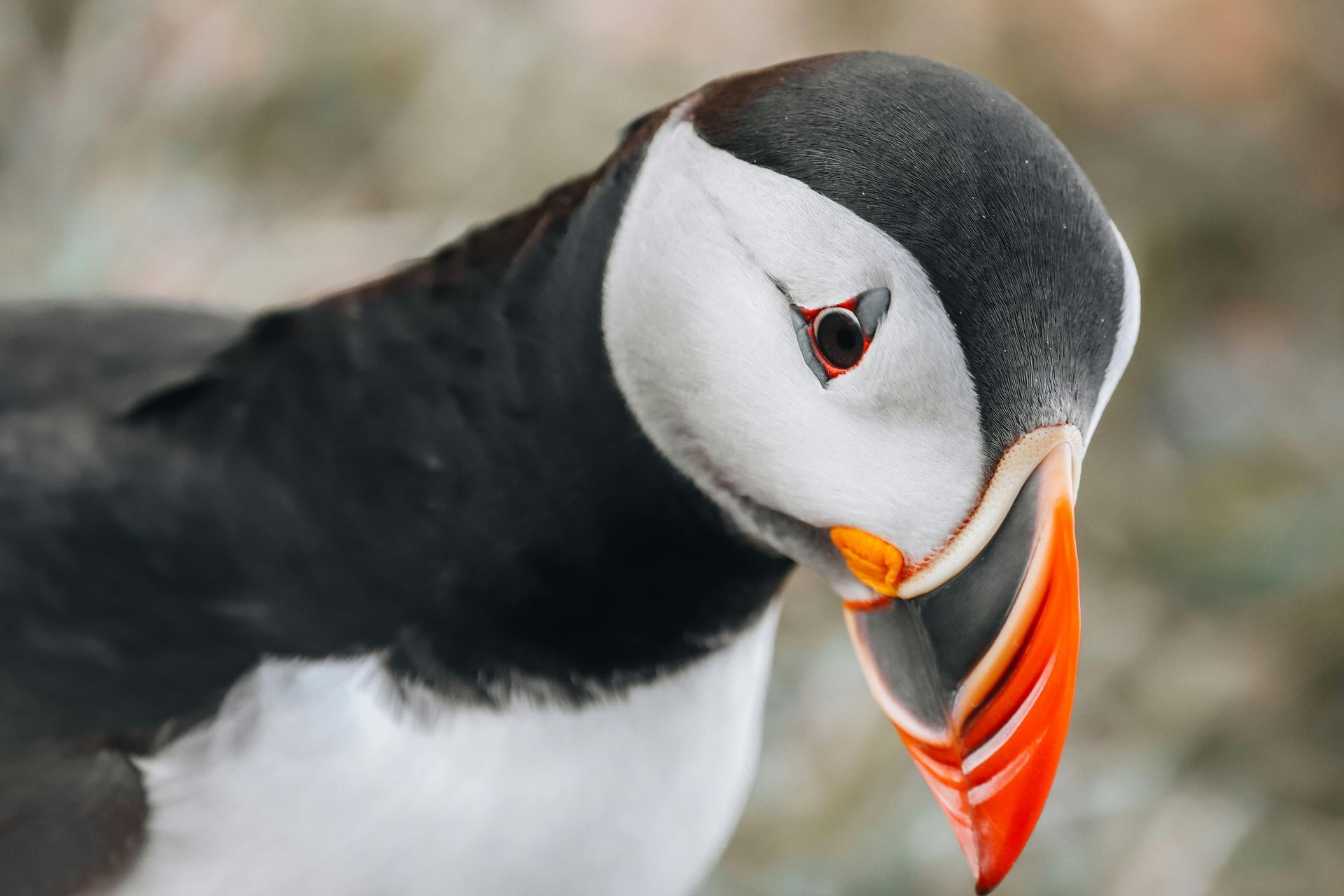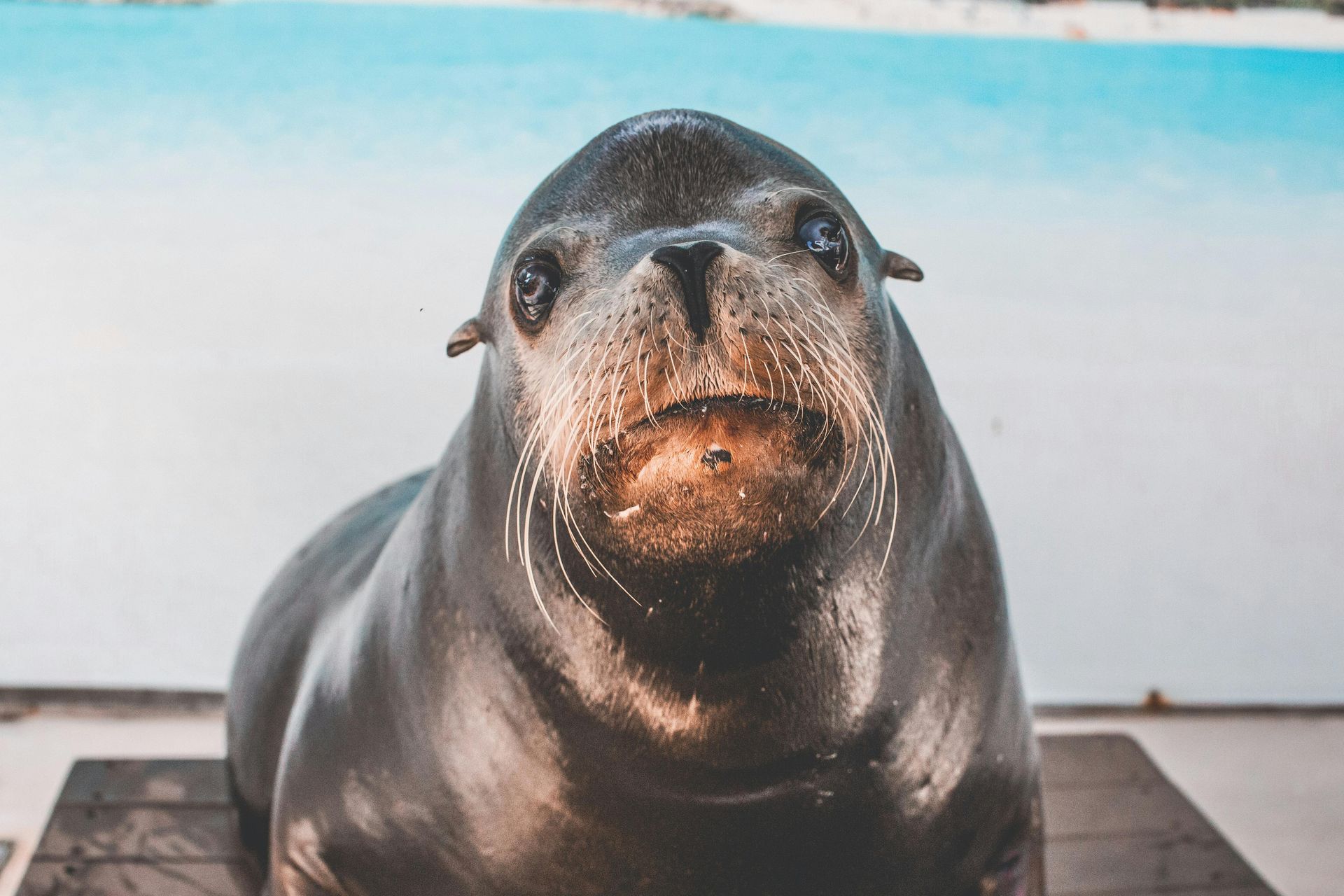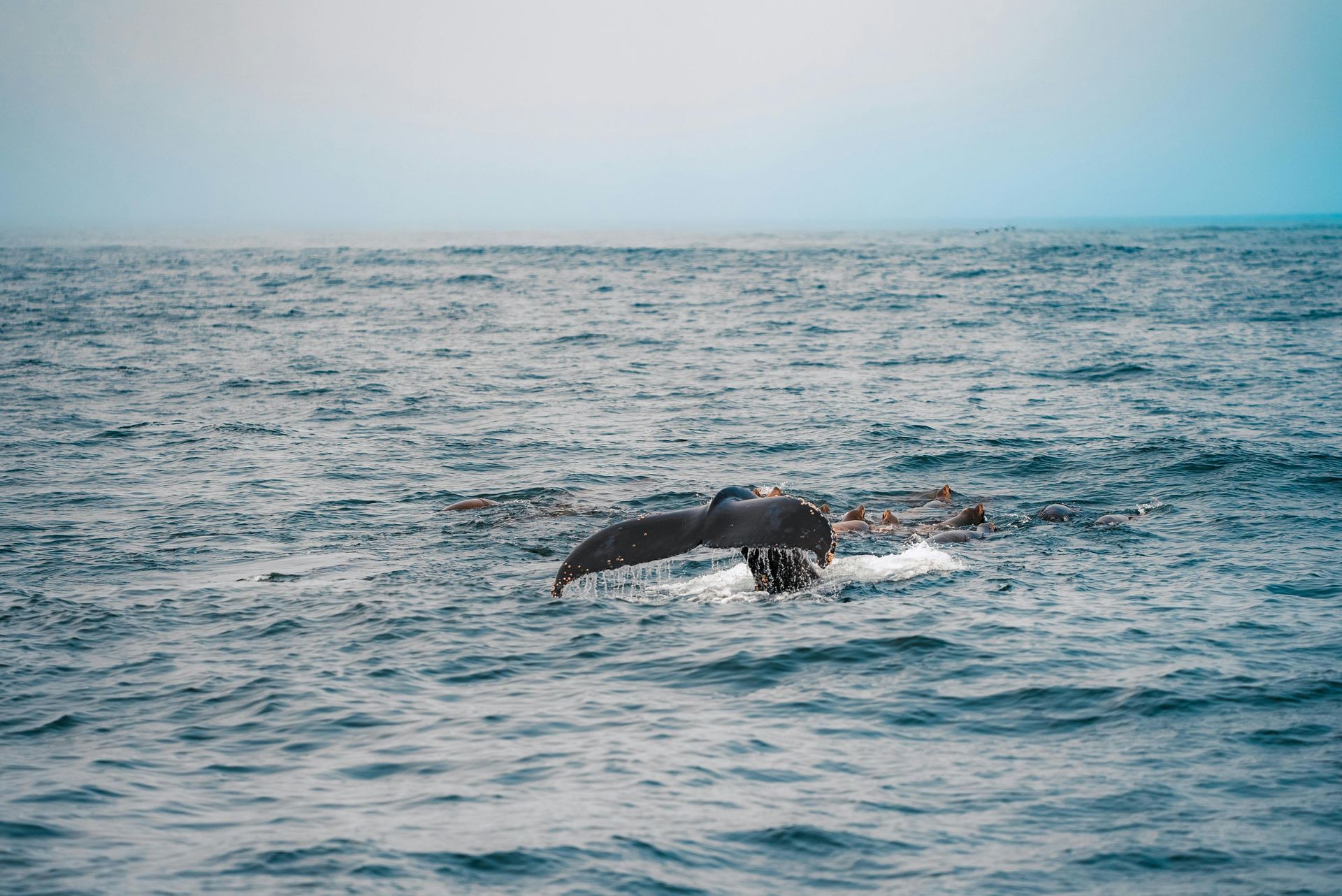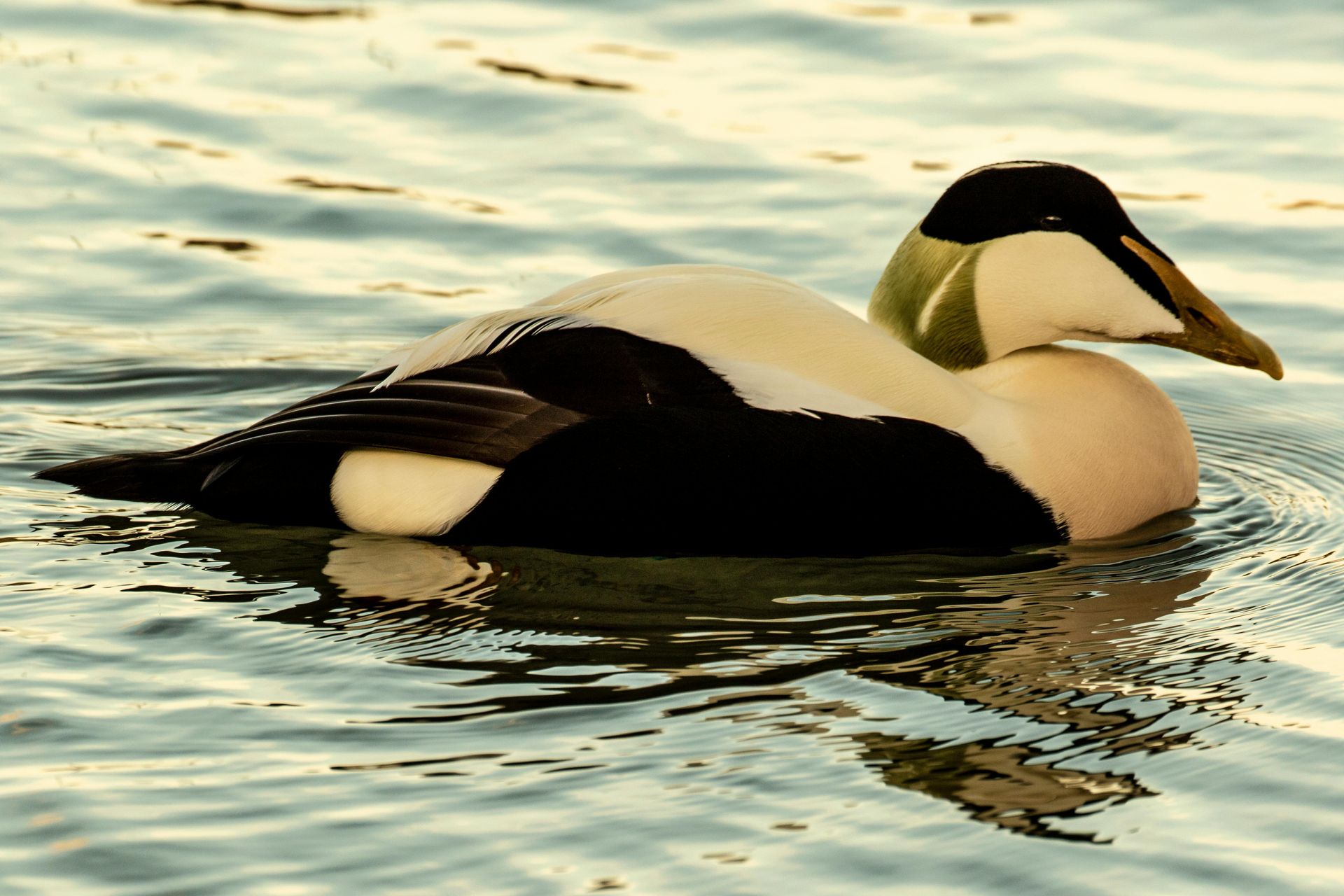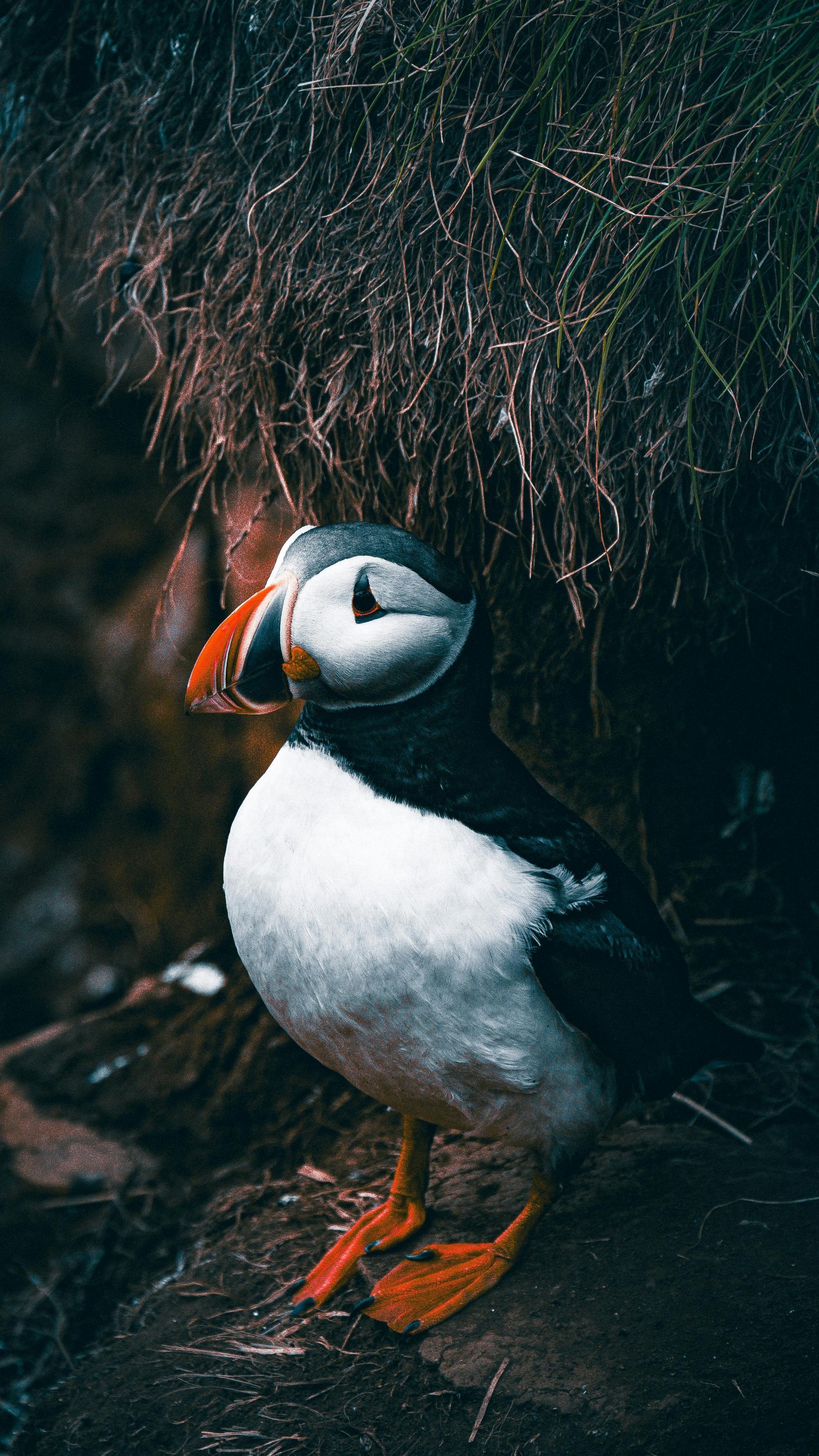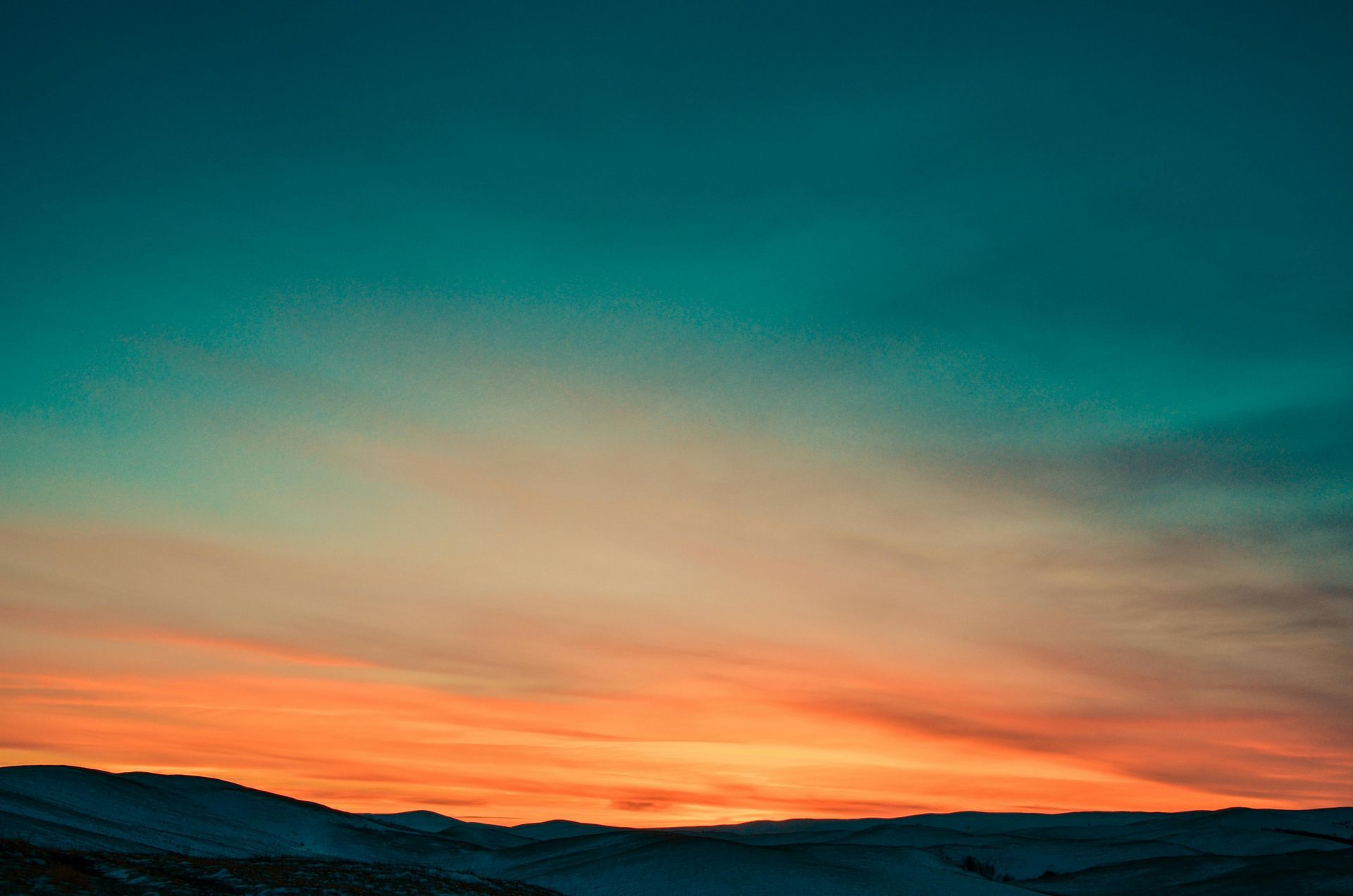Svalbard Best Tours & Attractions for Friends in October
Svalbard Best Tours & Attractions for Friends in October

October in Svalbard is a time of dramatic change, as the Arctic prepares for the long, dark winter ahead. The days grow shorter, and the first snows begin to fall, transforming the landscape into a winter wonderland. For friends visiting during this month, Svalbard offers a unique mix of outdoor adventures and cultural experiences that are perfect for making lasting memories.
One of the highlights of visiting Svalbard in October is the chance to witness the northern lights. As the polar night approaches, the skies grow darker, creating the perfect conditions for viewing this natural phenomenon. Many guided tours are available, taking you to remote locations where light pollution is minimal, and the chances of seeing the aurora borealis are high. The sight of the northern lights dancing across the Arctic sky is a magical experience that you and your friends will never forget.
Dog sledding is another must-do activity in October. While the snow may still be thin in some areas, the cooler temperatures make it possible to start the dog sledding season. Many operators offer both traditional sledding on snow and wheeled sledding for areas where the snow hasn’t yet fully settled. Dog sledding is a quintessential Svalbard experience, and the bond between the mushers and their dogs adds a special touch to the adventure.
Exploring Svalbard’s glaciers is also a popular activity in October. Guided glacier hikes allow you to experience the beauty and majesty of these frozen landscapes up close. The cooler weather makes for comfortable hiking conditions, and the early snows add an extra layer of magic to the scenery. Whether you’re navigating crevasses or exploring ice caves, glacier hiking is an exhilarating experience that showcases the raw power and beauty of the Arctic.
For a more relaxed pace, a visit to Longyearbyen’s cultural attractions is highly recommended. The town is home to several museums and galleries that provide insight into Svalbard’s history and culture. The Svalbard Museum is a particular highlight, with exhibits that cover everything from the region’s early whaling days to its role in polar exploration. It’s a great way to learn about the history of Svalbard while staying warm and dry indoors.
October is also a great time to take a boat tour around the archipelago. While some of the more remote areas may be inaccessible due to ice, there are still plenty of opportunities to explore Svalbard’s fjords and coastlines by sea. These tours often include wildlife viewing, with the chance to see polar bears, walruses, and various seabirds in their natural habitats. The combination of stunning landscapes and abundant wildlife makes for an unforgettable adventure.
For those interested in history, a visit to Ny-Ålesund is a must. This former coal-mining town is now a research station and is home to scientists from around the world. Guided tours of Ny-Ålesund offer a glimpse into the town’s history, as well as the current scientific research being conducted in the Arctic. The town is also a great place to learn about Svalbard’s role in polar exploration, with numerous monuments and exhibits dedicated to the explorers who once used the settlement as a base for their expeditions.
Hiking in Svalbard during October is an experience like no other. The early snows create a pristine, white landscape that is perfect for exploring on foot. Popular hikes include routes to the top of mountains like Trollstein or across the tundra in Adventdalen. The cooler temperatures make for comfortable hiking conditions, and the chances of encountering wildlife are high, with reindeer, Arctic foxes, and even polar bears sometimes seen along the trails.
For a truly unique experience, consider joining a tour to visit the Svalbard Global Seed Vault. While the vault itself is not open to the public, you can visit the site and learn about its importance through information panels and exhibits. The vault is designed to protect the world’s crop diversity against threats like climate change and natural disasters, and it’s a fascinating glimpse into a project that has global significance.


